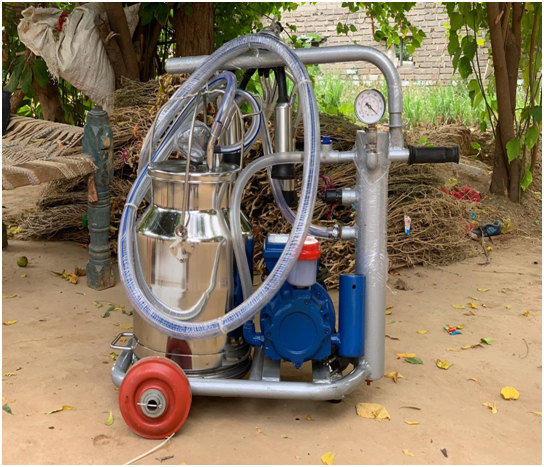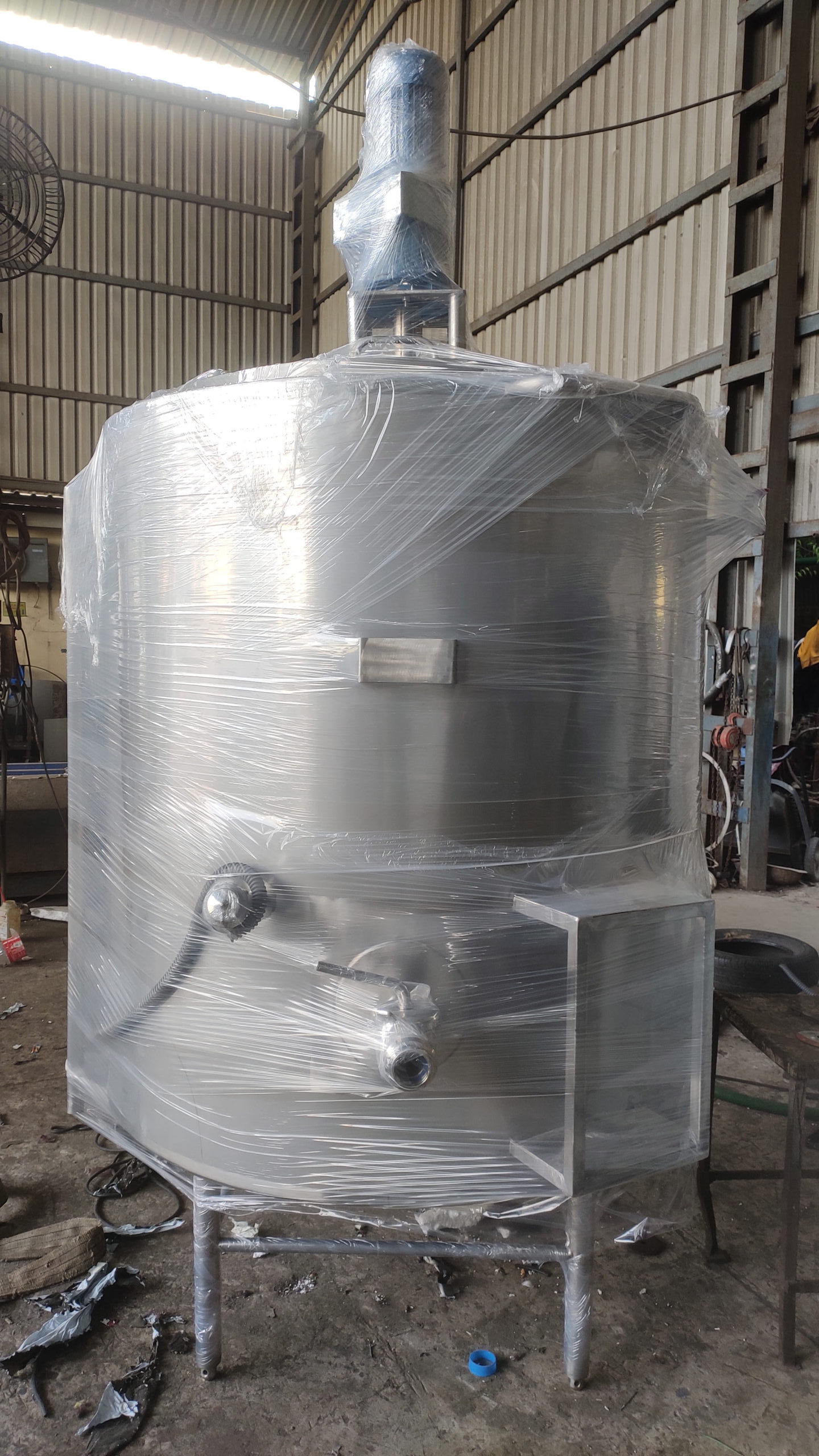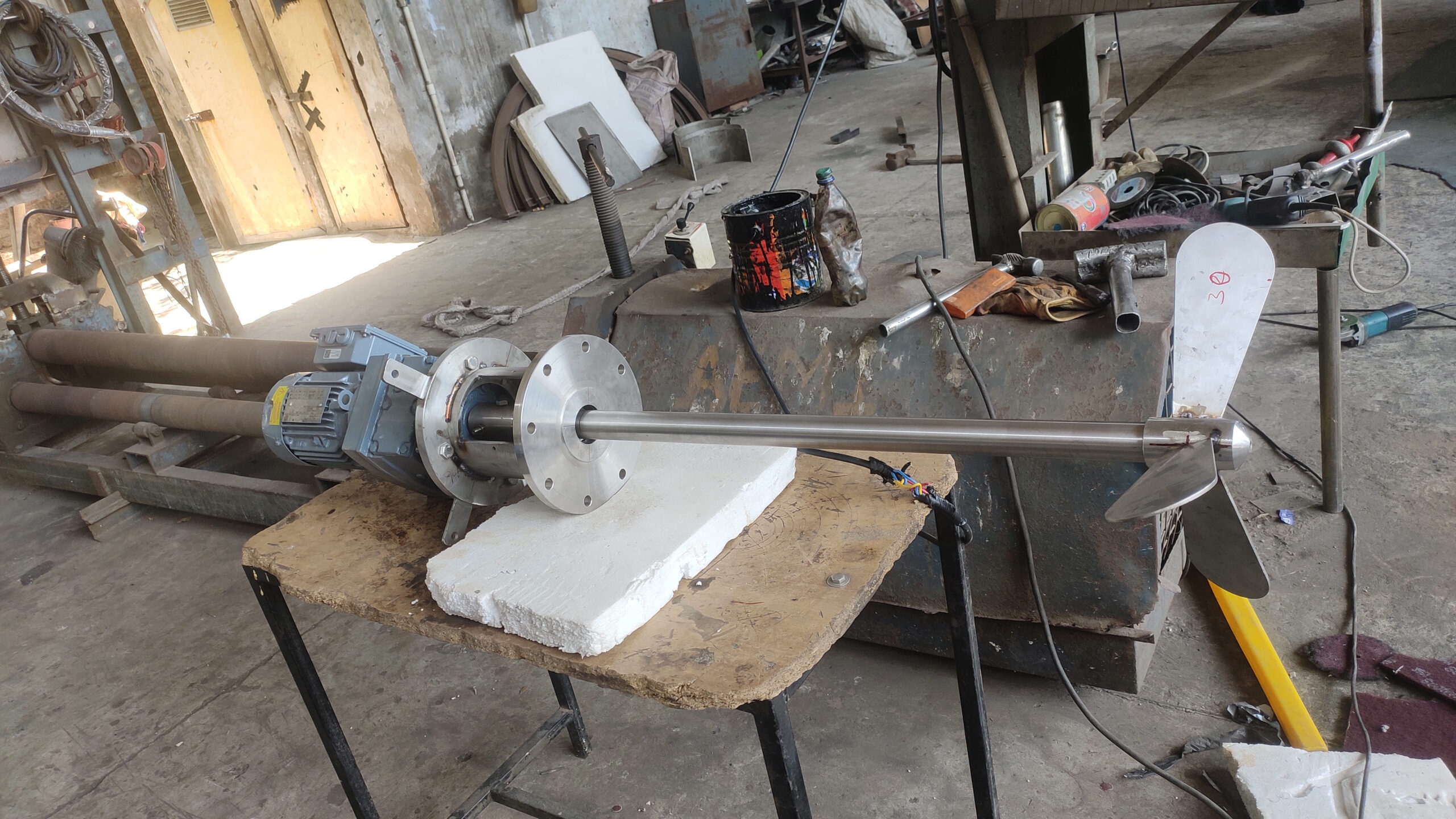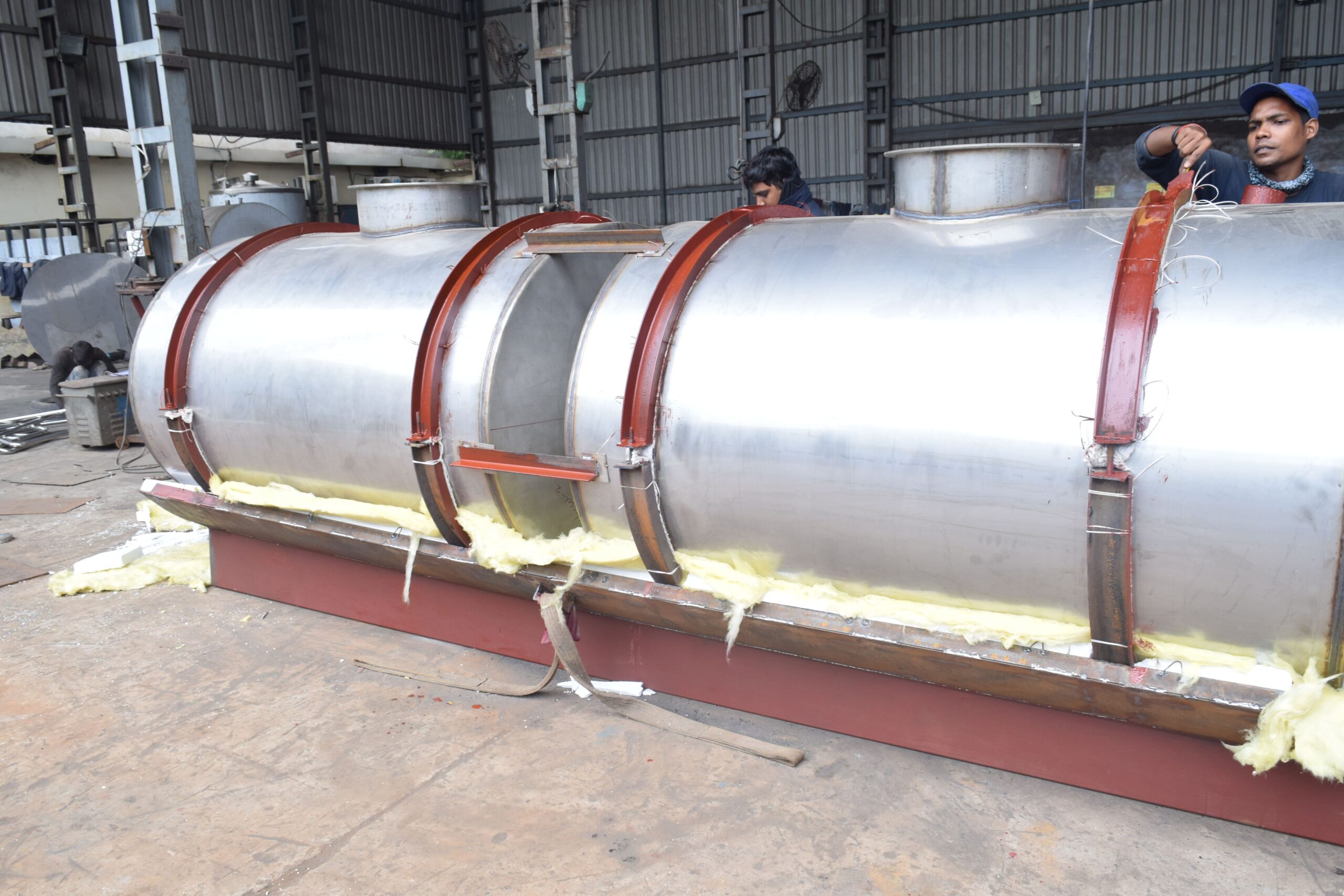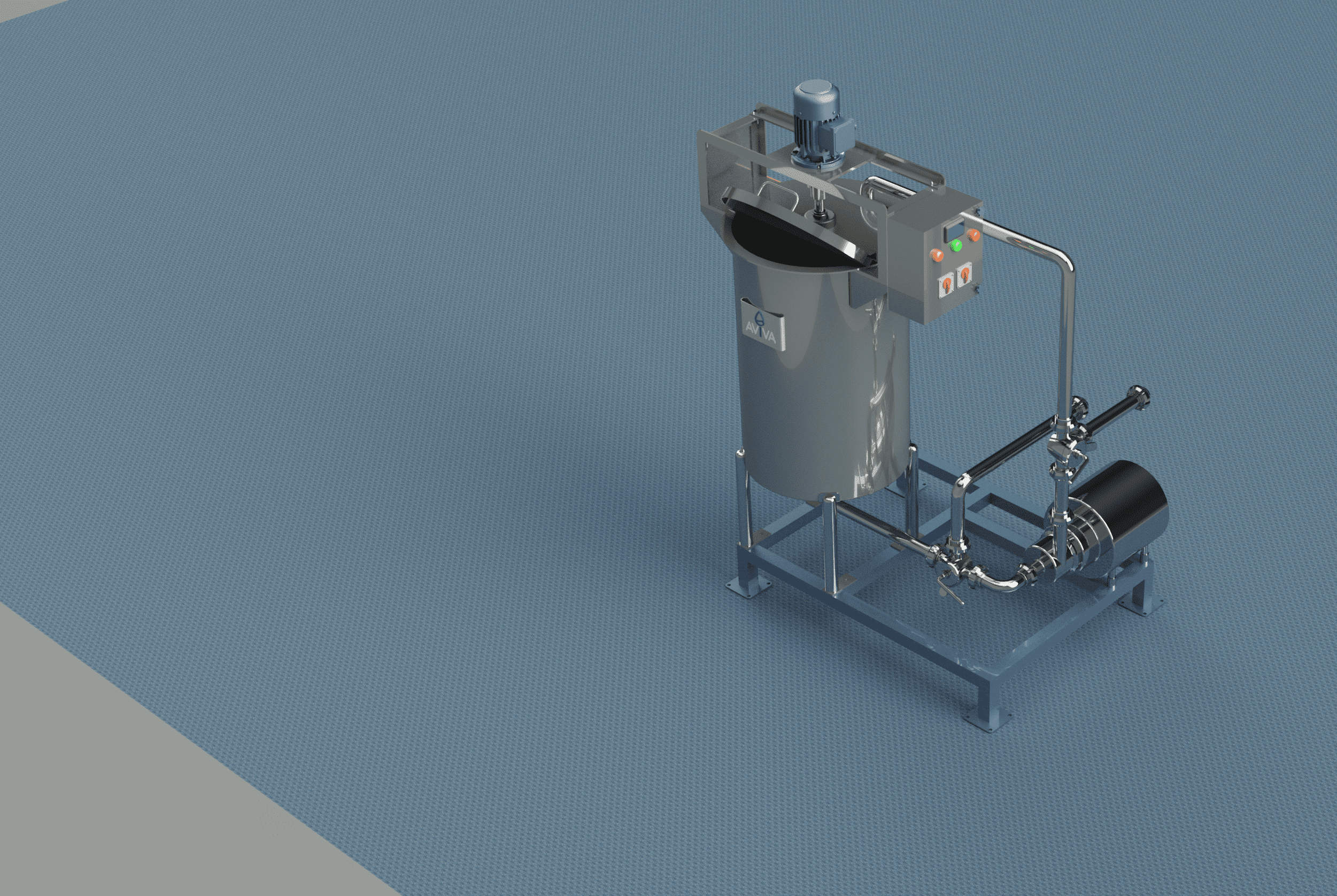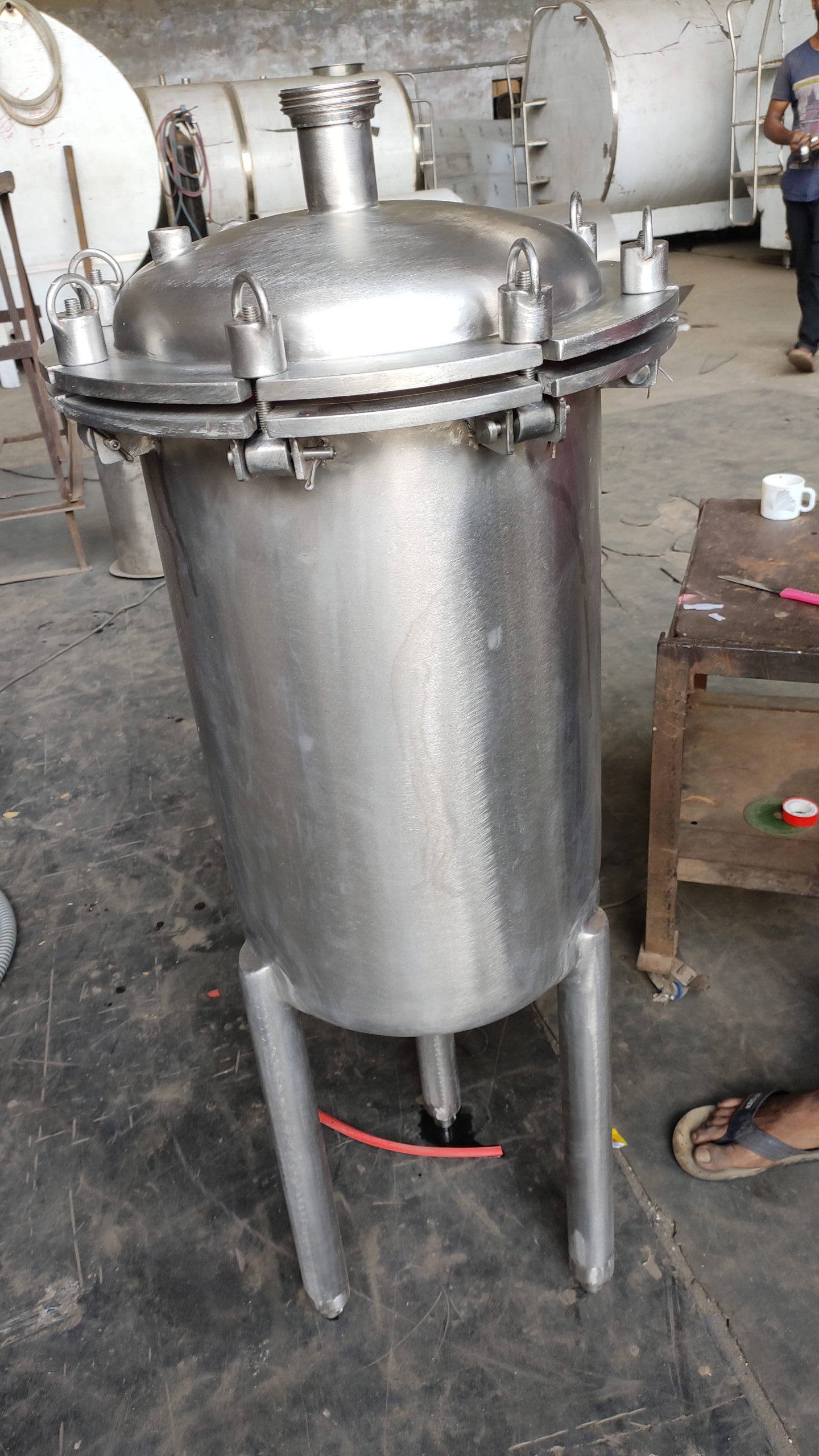Heat Recovery Units Tanks
Heat Recovery Units Tanks (HRUs) are devices used to recover waste heat generated from various industrial processes or systems. They typically consist of heat exchangers designed to capture and transfer thermal energy that would otherwise be lost. Here are brief descriptions of common types of HRUs:
Air-to-Air Heat Recovery Units:
These units transfer heat between two air streams, typically exhaust air and incoming fresh air. They are common in HVAC systems to improve energy efficiency by preheating or precooling incoming air using the exhaust air.
Water-to-Water Heat Recovery Units:
These units transfer heat between two water streams. They are used in industrial processes where hot water from one process can be used to heat another process or to preheat water entering a boiler or other equipment.
Heat Recovery Steam Generators (HRSGs):
HRSGs recover heat from gas turbine exhaust to generate steam. This steam can be used for various purposes, including power generation or industrial processes requiring steam.
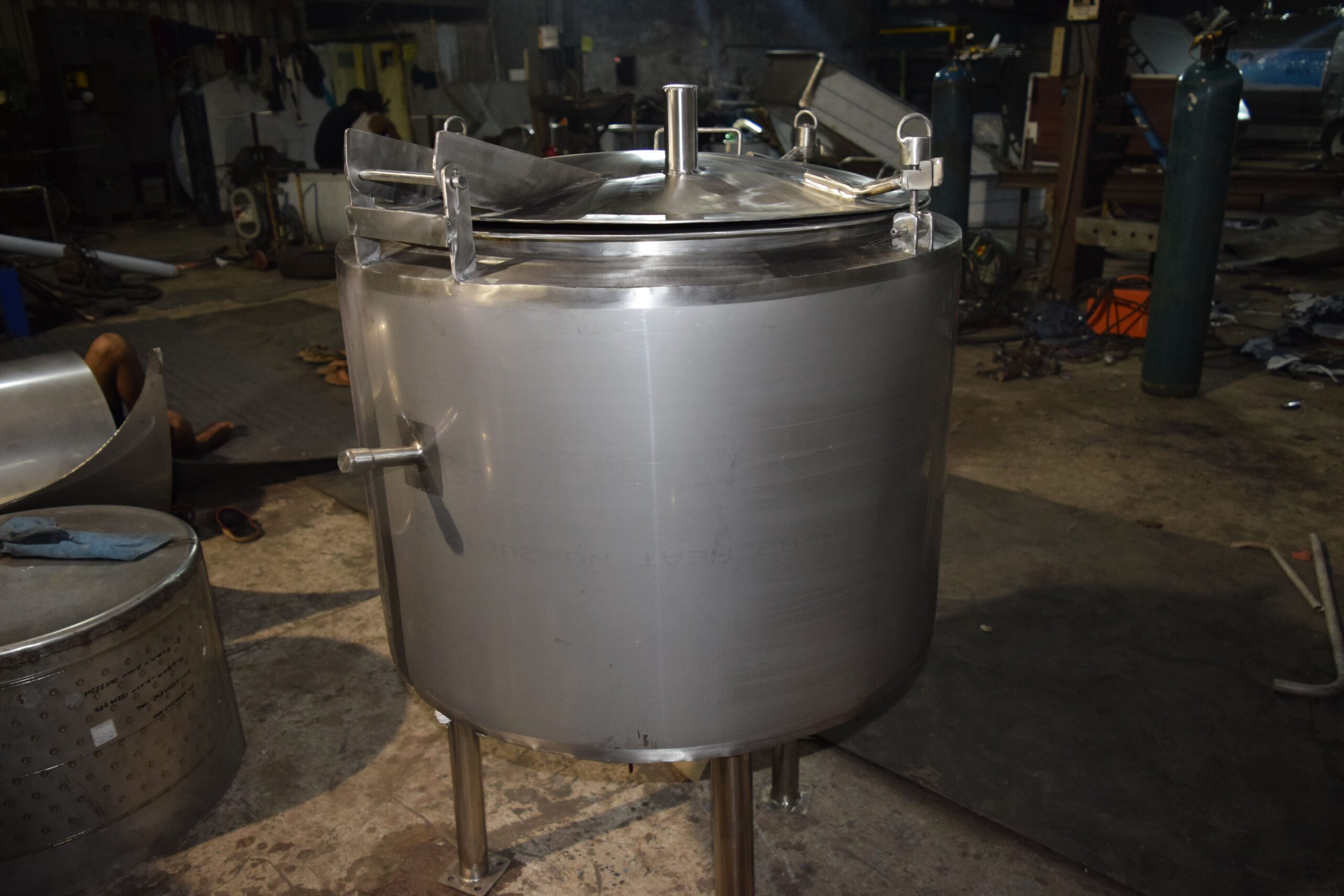
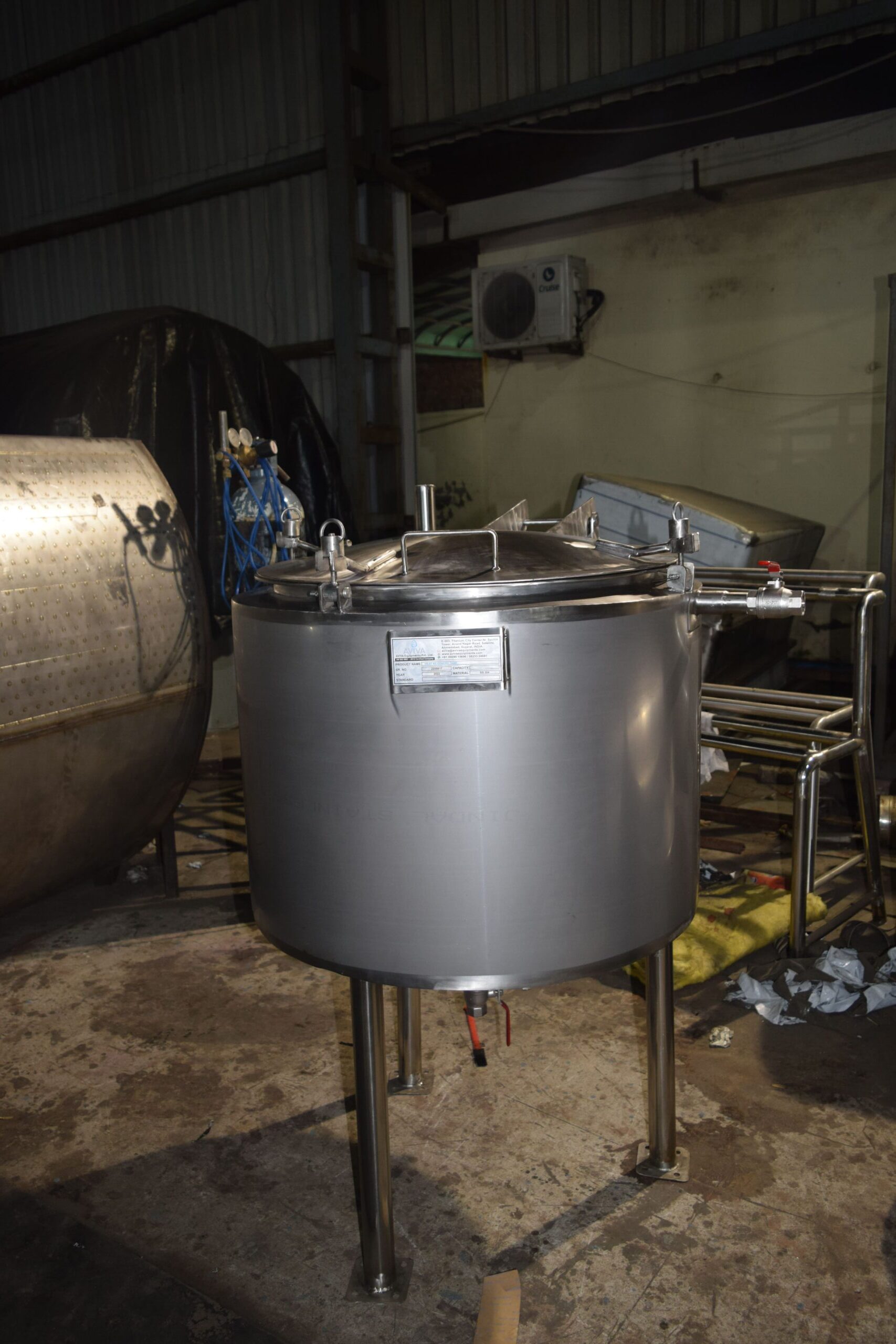
Exhaust Gas Heat Recovery Units:
These units recover heat from exhaust gases produced by engines or industrial processes. The recovered heat can be used for heating water, space heating, or for other industrial applications.
Uses: Food oil tanks are used to store a variety of cooking oils, such as vegetable oil, olive oil, canola oil, and others used in food preparation. They help in keeping oils fresh and free from contaminants.
Plate Heat Exchangers:
Although not strictly HRUs, plate heat exchangers are often used in heat recovery applications due to their efficiency in transferring heat between two fluids separated by plates.
Each type of HRU is designed based on the specific application requirements, such as temperature range, flow rates, and the nature of the fluids involved. They play a crucial role in improving energy efficiency and reducing operating costs in various industries.

